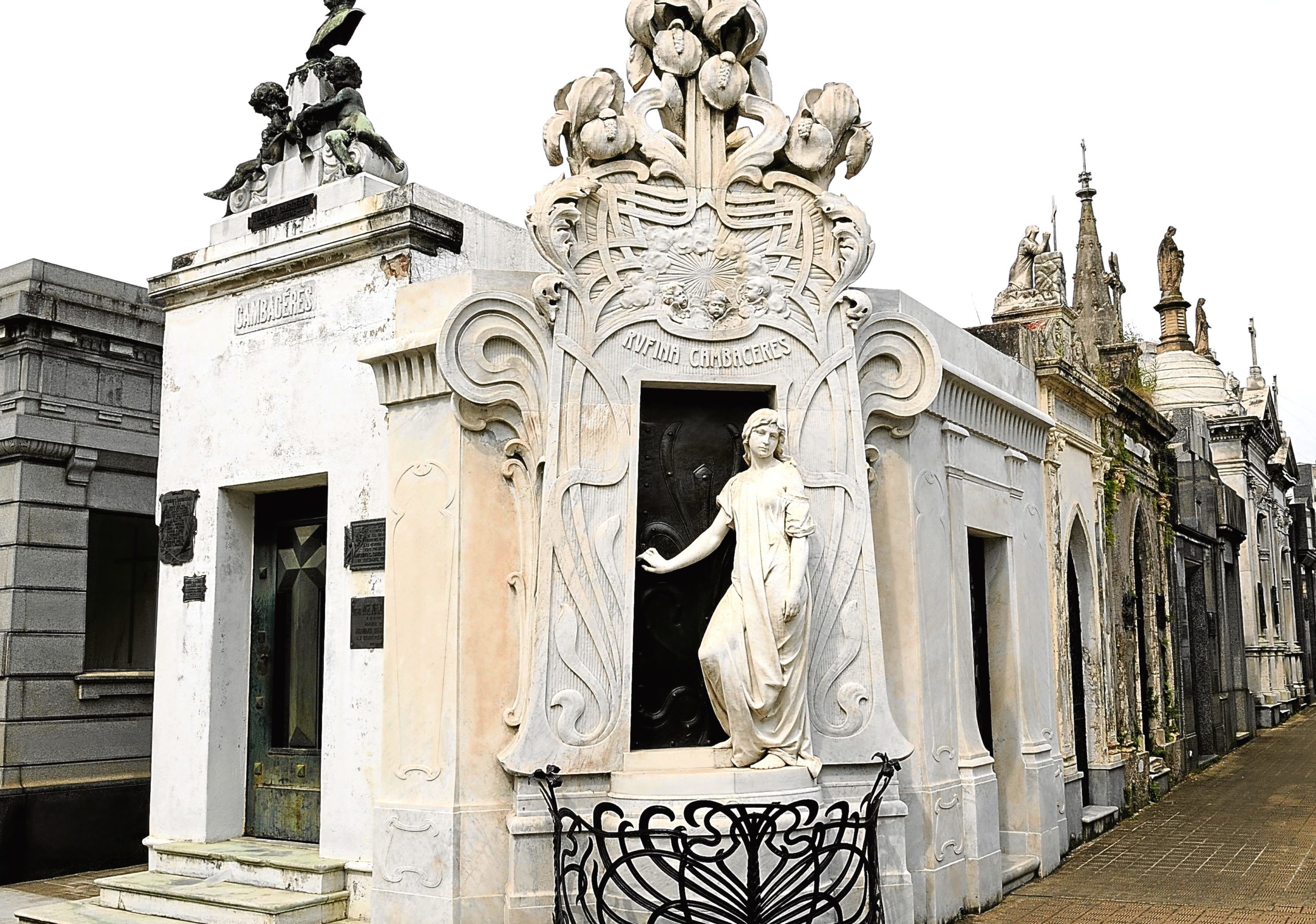
AS the capital city of Argentina, Buenos Aires is visited by countless foreigners and people from other parts of the country.
Home of the tango, it boasts some dazzling nightlife, bars and restaurants and shopping to rival any city on Earth.
In one less-seen, rarely-visited corner, however, sits a truly heartbreaking spot that is growing in popularity because of the emotional tale behind it.
The Tomb Of The Girl Who Died Twice sounds a bit forbidding, of course, but they say it’s one of those out-of-the-way tourist attractions you never forget after setting eyes on it.
In 1902, on her 19th birthday, a girl by the name of Rufina Cambaceres was busily preparing for a night out to celebrate her big day.
Suddenly, Rufina lost consciousness and collapsed, and three doctors all agreed the poor girl had passed away.
As a young socialite, Rufina was from wealthy stock, and her family held a grand funeral for her and then her coffin was sealed in a mausoleum at the city’s Recoleta Cemetery.
Days later, one of the Recoleta workmen noticed signs of a possible break-in at the mausoleum and opened the casket to take a look around, hoping grave robbers hadn’t got in.
Rufina’s remains, however, were where they were supposed to be, still in her coffin, but he also noticed scracth marks on the inside of the coffin.
It was clear that she had been buried alive, must have wakened to find herself in this dreadful situation and fought like mad to get out or attract attention.
Ultimately, she would have died of heart failure, it is thought, meaning she had “died” not once, but twice.
Today, the mausoleum features a full-size statue of Rufina, staring out at the world while holding the door firmly closed.
It says much about how she makes people feel, that former First Lady Eva Peron’s grave is close by, but just as many come to pay their respects to The Girl Who Died Twice.
READ MORE
Door of Hell’s a tourist Heaven for visitors to Turkmenistan
Boulder choices: The places thrillseeking holidaymakers are flocking to

Enjoy the convenience of having The Sunday Post delivered as a digital ePaper straight to your smartphone, tablet or computer.
Subscribe for only £5.49 a month and enjoy all the benefits of the printed paper as a digital replica.
Subscribe